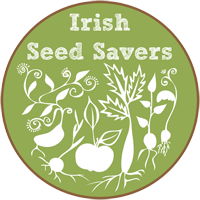Did you know?
A frog is an Amphibian. An Amphibian can move feed and breathe on land and water. The frog is cold blooded which means the body temperatures changes with the temperature of its surroundings.
The top layer of the understory is the sub-canopy which is composed of smaller mature trees, saplings, and suppressed juveniles canopy layer trees awaiting an opening in the canopy. Below the sub-canopy is the shrub layer, composed of low growing woody plants. Typically the lowest growing (and most diverse) layer is the ground cover or herbaceous layer.
Large amounts of carbon dioxide are stored in the trees of a tropical rainforests, if these trees are cut down and burnt; the carbon dioxide goes back into the atmosphere, causing the green house effect. Rain forests occur in South Africa, West Africa, Southeast Asia, South America, Central America, and Australia.
Rain forests occur in a belt around the Equator of the world. There are approx 14 million species of animals and plants in the world and half of these live and grow in the rainforests.
These rainforests are considered the’ womb of life’ they are homes to a wide variety of Insects, Reptiles, Amphibians, Birds, and Mammals, it is almost always raining in the rainforests, rainforests can get over 2m of rain every year.
Here are some examples of hard wood that grow in the rainforests Mahogony, Teak, Rosewood, Okume. Other valuable resources that we harvest from the rainforests are coffee, nuts, rubber, sugarcane, and fruit. Over one quarter of our modern medicine originated in the rainforests.
The temperature in a rainforests is generally between 24 and 27 Celsius. It never freezes or gets too hot. It is almost always raining in the rainforests most of the rain falls during the monsoon between July and September.
This is the traditional way farms and gardens were maintained. In recent decades, there has been a major shift to purchasing seed annually from commercial seed suppliers, and to hybridized or cloned plants that do not produce seed that remains “true to type”-retaining the parent’s characteristics- from seed. Much of the grassroots seed-saving activity today is the work of home gardeners.
However, it is gaining popularity among organic farmers, permaculturists and enthusiasts with cultural or environmentalist interests.












